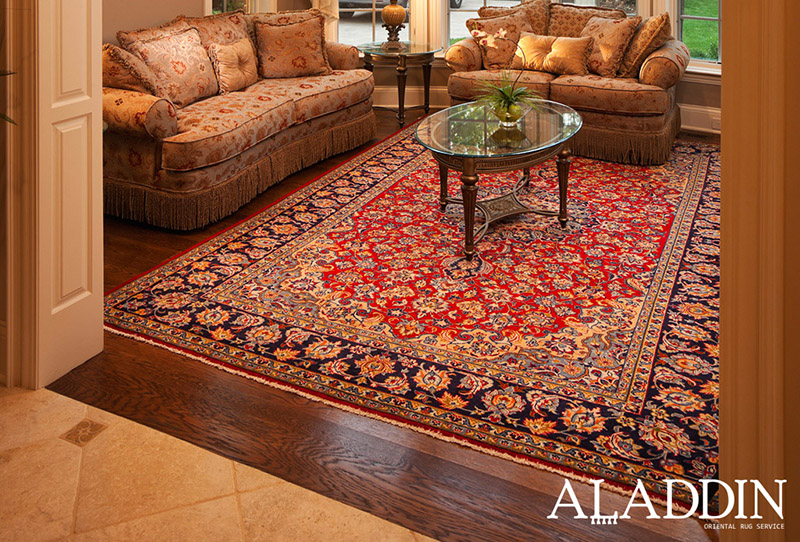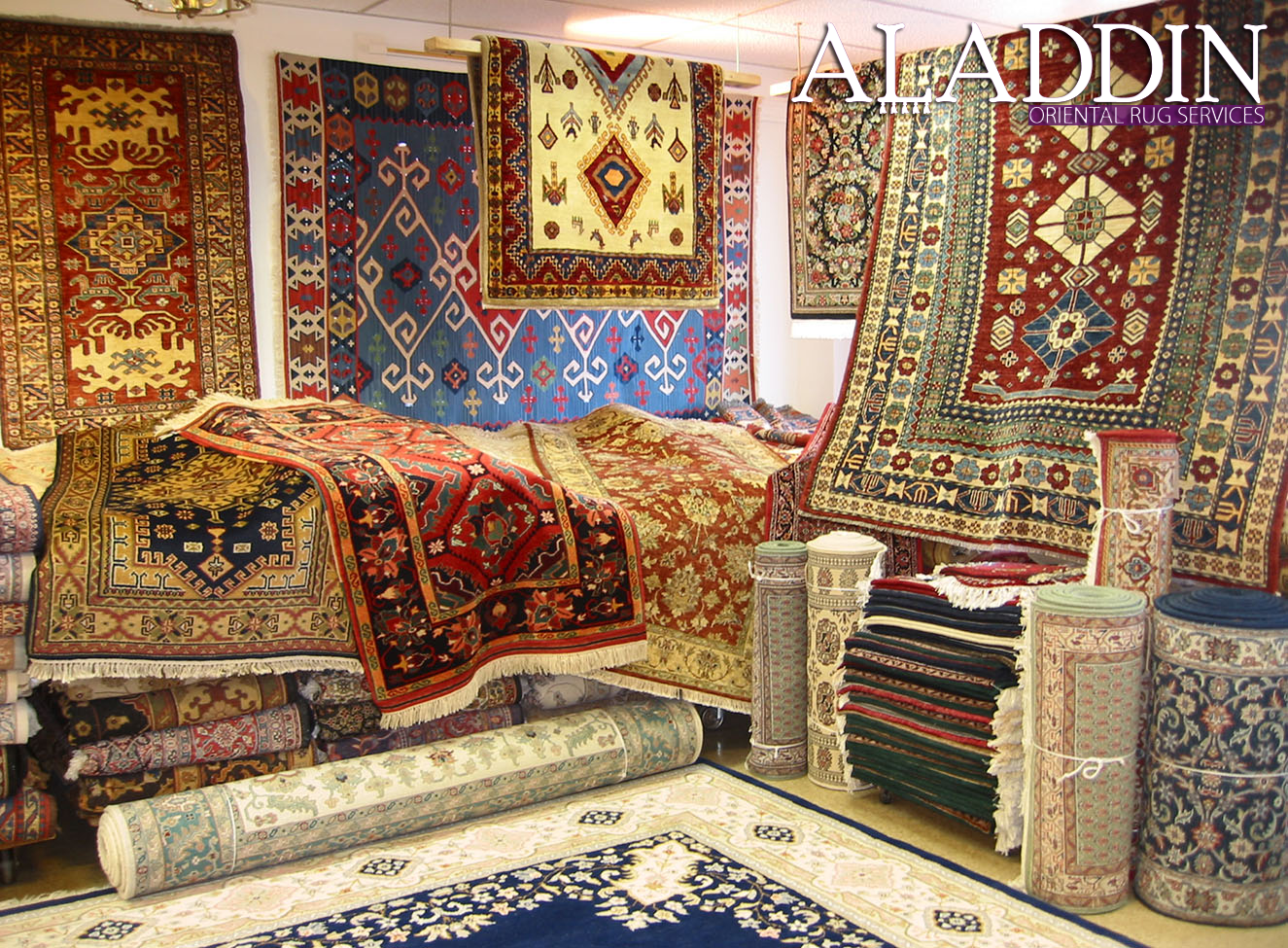If you find inspiration in the pages of an interior design brochure, or from the bold-colored carpets in your local design store, think about how you may feel when the color paint inside your new home finally dries. Many interior design professionals and psychologists acknowledge the strong effect that carpet color can have on people’s mood.
How Color and Decor can affect Psychology
Color psychology is the study of how different colors can affect human’s feelings and emotions. According to a quote on the Pantone Color Website, there’s a whole bunch of stimulation happening inside one’s brain when they see color that may not be immediately apparent. “The psychological association of a color is often more meaningful than the visual experience… Scientists have found that actual physiological changes take place in human beings [when exposed to particular] colors. Colors can stimulate, excite, depress, tranquilize, increase appetite, and create a feeling of warmth and coolness.”



